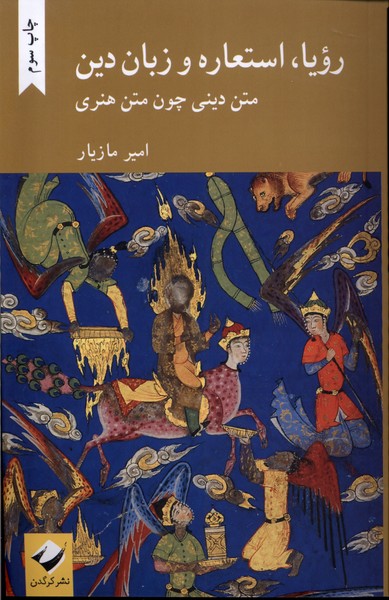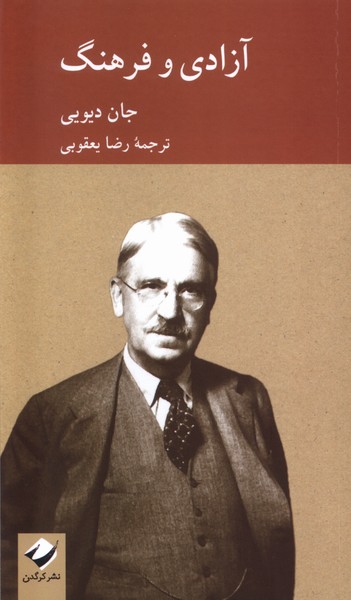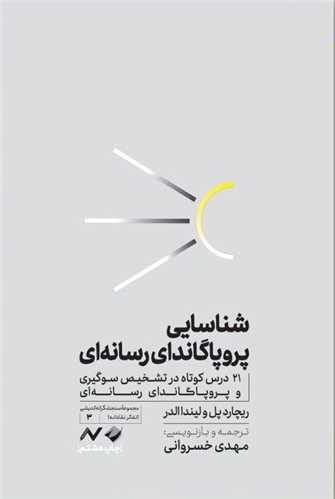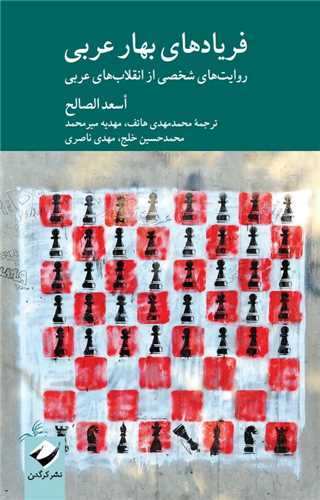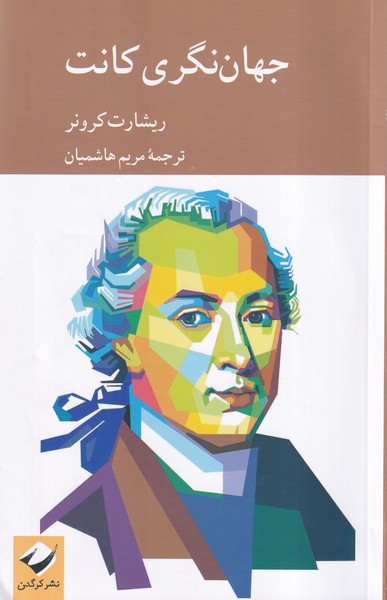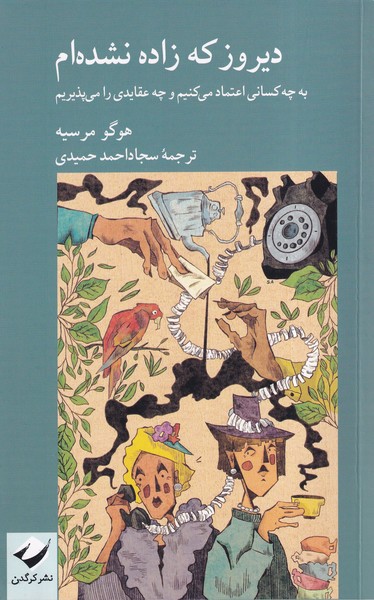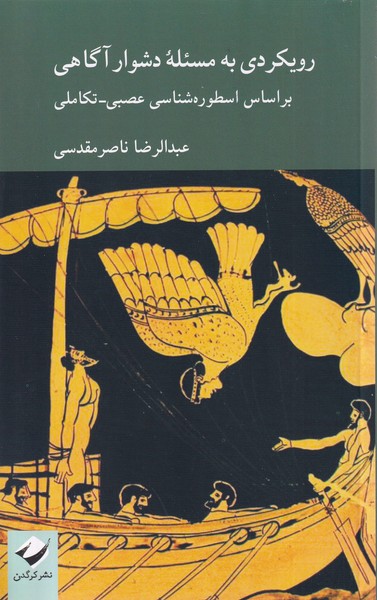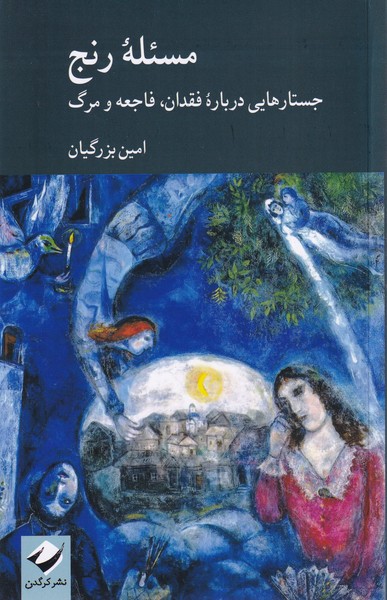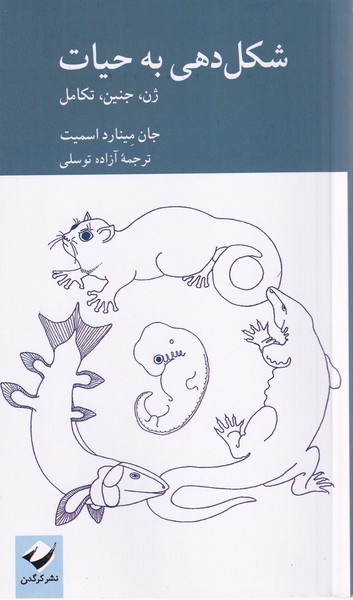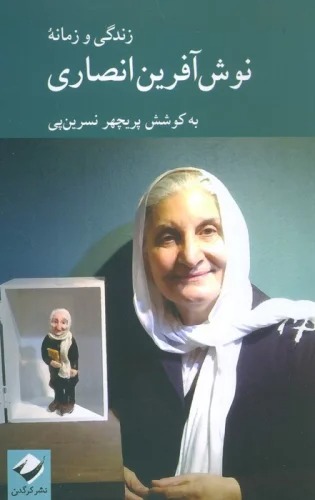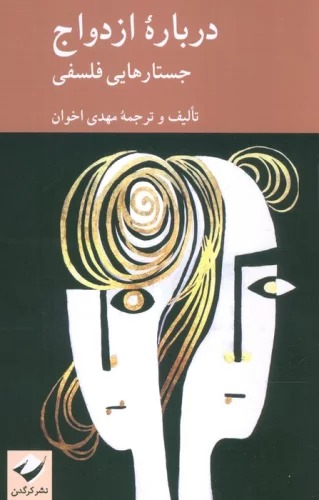رویا، استعاره و زبان دین الفارسية 1445
Rawyā, Isti'ārah va Zabān-i Dīn
21٫20 $
مشاركة
Wishlist
"Dream, Metaphor and Language of Religion" is a work written by "Amir Maziar" in which he looked at "religious text as an artistic text". The theory presented in this book is based on the reasoning of Muslim thinkers. Hearing the word of revelation and seeing the revelations is done in the following practice. Works of art are created by using the power of imagination and imitation, and as a result, create an imaginary work.
What is discussed in "Dream, Metaphor and Language of Religion" written by "Amir Maziar" is the purpose of revelation and its relationship with philosophy and truth. The book contains a detailed description that looks at "religious text as an artistic text" and examines its goals.
"Amir Maziar" introduces the religious experience of the dream genre. What happens in a dream is a translation in an imaginary language, and to show this, the author gave the example of the Holy Quran. In addition, in order to understand these contents, we need the interpretation that is presented in the book "Dream, Metaphor and the Language of Religion" and it is necessary to check whether these theories solve the problems created in the audience's mind in practice.
Accepting the point that the dream has the capacity of discovery, it must be stated that the dream has its discovery only from the human psyche.
It is not reasonable to accept that any person who dreams can produce an artistic text. Also, the metaphor of seeing the whole Qur'an and claiming that it has an imaginary form is not permissible. These texts are allegorical in nature and so is the essence of the dream. Dreams are symbolic in nature. In addition, the text can be justified by its validity, and from this point of view, it may be possible to look at "religious text as an artistic text".
more
"رویا، استعاره و زبان دین" اثری به قلم "امیر مازیار" است که در آن به "متن دینی چون متن هنری" نگریسته است. نظریهای که در این کتاب مطرح میشود، مبتنی بر استدلال اندیشمندان مسلمان است. شنیدن کلام وحی و رویت مکاشفات، در عملی ذیل محاکات انجام میشود. آثار هنری با به کارگیری نیروی تخیل و تقلید خلق میشوند و در نتیجه اثری خیالانگیز را به وجود میآورند.
آنچه در "رویا، استعاره و زبان دین" نوشتهی "امیر مازیار" مورد بحث قرار گرفته است، هدف وحی و رابطه آن با فلسفه و حقیقت است. کتاب حاوی شرح مفصلی است که به "متن دینی چون متن هنری" مینگرد و اهداف آن را بررسی میکند.
"امیر مازیار" تجربه دینی را از جنس رویا معرفی میکند. آنچه در خواب و رویا اتفاق میافتد، ترجمهای در یک زبان خیالی است و برای نشان دادن این امر، نویسنده قرآن کریم را مثال زده است. علاوه بر این، برای درک این مطالب به تفسیر نیاز داریم که در کتاب "رویا، استعاره و زبان دین" ارائه شده است و باید بررسی کرد که آیا این نظریات، در عمل نیز مسائل ایجاد شده در ذهن مخاطب را حل میکنند یا خیر.
با قبول این نکته که رویا دارای ظرفیت کشف است، باید اظهار داشت که رویا کاشفیت خود را تنها از روان انسان دارد.
پذیرش این امر که هر فردی که رویا میبیند، میتواند یک متن هنری تولید کند، منطقی نیست. همچنین استعاره دیدن کل قرآن و ادعای برخورداری از شکل خیالی برایش جایز نیست. این متون ماهیت تمثیلی دارند و جوهر رویا نیز چنین است. رویاها ماهیتی نمادین دارند. علاوه بر این، متن میتواند با اعتبار خود توجیه شود و از این دید شاید بتوان به "متن دینی چون متن هنری" نگریست.
more

